The Central Bank of Kenya (CBK) has introduced a revised Risk-Based Credit Pricing Model that will change how lending rates are set in the country.
At the heart of the new model is the Kenya Shilling Overnight Interbank Average (KESONIA), which now becomes the official benchmark rate for loans.
What is KESONIA?
KESONIA is a transaction-based benchmark rate that reflects the average interest rate at which banks in Kenya lend and borrow unsecured overnight funds in shillings.
It will be published daily by CBK and aligns with global standards, such as the UK’s SONIA (Sterling Overnight Index Average) and the US’s SOFR (Secured Overnight Financing Rate).
The methodology for calculating the rate remains the same, based on actual overnight interbank transactions; however, the renaming formalizes it as Kenya’s official reference rate.
What has changed?
Previously, each bank relied on its own interbank rate to set lending rates. This made borrowing costs less transparent and sometimes disconnected from CBK’s monetary policy changes.
The Central Bank has been facing challenges where cuts in the Central Bank Rate have not been passed on to borrowers through lower lending rates, mostly because each bank uses its own base lending rate.
The revised model is designed to make lending more transparent, link borrowing costs to the risk associated with each customer, and enhance the transmission of monetary policy.
Also Read: CBK Invites Kenyans to Invest in Ksh60 Billion Treasury Bonds with as Low as 50K
How will Your Loan be Priced?
From September 1, 2025 (for new loans) and February 28, 2026 (for existing loans), lending rates will be calculated as:
- KESONIA + a premium (“K”)
The premium includes the costs related to lending, returns to shareholders, and the borrower’s risk profile. Other fees and charges will also be included to determine the total cost of credit.
What Does this Mean for Borrowers?
The biggest change is predictability. Under the old system, if you borrow Ksh 100,000, the bank can tell you in advance that you will repay, for example, Ksh 10,000 every month for 12 months. Even if rates shift, your instalments remain the same.
With the new model, repayments will depend on the prevailing KESONIA rate. For instance, in April 2026, banks will calculate the compounded KESONIA for that month, apply it as the base lending rate, then add their premium.
Your exact repayment will only be clear when it is due.
In short:
- Old system → predictable monthly instalments.
- New system → repayment amounts vary with market conditions and are confirmed only at payment time.
Also Read: CBK Rolls Out Revised Loan Pricing Model
Where will KESONIA Apply?
KESONIA will be used for all variable-rate loans. Fixed-rate loans and foreign currency loans will continue to use other benchmarks, while the Central Bank Rate (CBR) may serve as a fallback if KESONIA is not practical.
The model applies to all variable-rate loans, with fixed and foreign currency loans allowed to use other benchmarks and the Central Bank Rate as a fallback.
Banks must publish their lending rates, premiums, and fees on both their own websites and the Total Cost of Credit portal. Meanwhile, the CBK will publish KESONIA daily, in line with global benchmarks such as SONIA and SOFR.
Lending rates should respond more quickly to changes in monetary policy because KESONIA reflects real market conditions daily, unlike the slower and sometimes inconsistent pass-through from the Central Bank Rate.
Follow our WhatsApp Channel and X Account for real-time news updates





![[Live Blog] Huge Crowds March Towards Mamboleo Stadium A Photo Of Raila’s Body Being Loaded-Off The Aircraft.](https://thekenyatimescdn-ese7d3e7ghdnbfa9.z01.azurefd.net/prodimages/uploads/2025/10/a-photo-of-railas-body-being-loaded-off-the-aircraft.-photocitizen-360x180.png)

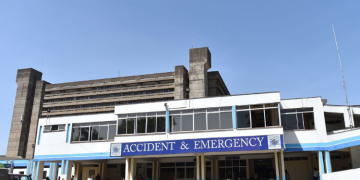
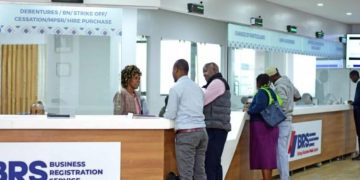




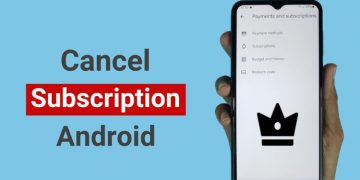


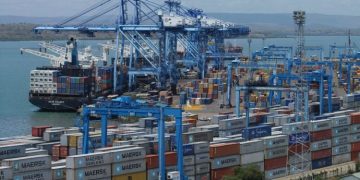
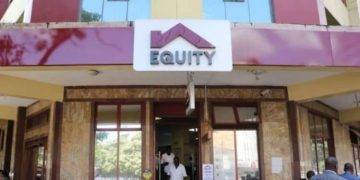


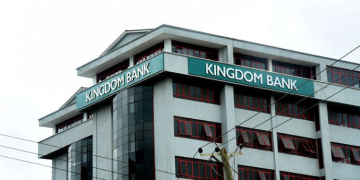
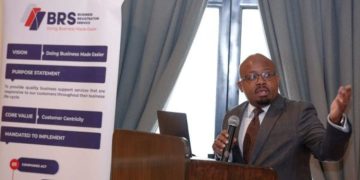
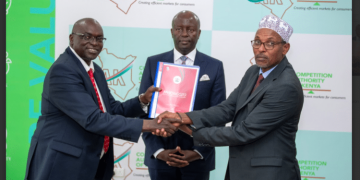













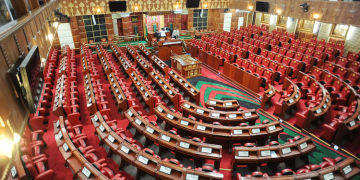

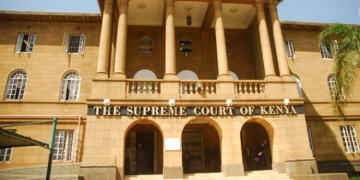








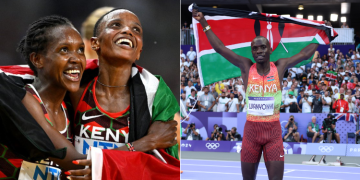
























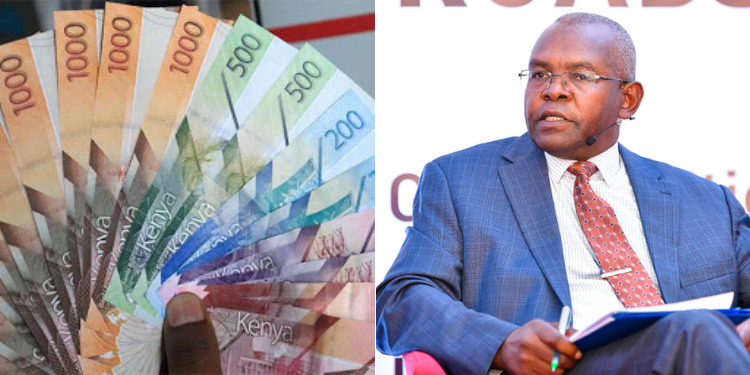



![[Live Blog] Huge Crowds March Towards Mamboleo Stadium A Photo Of Raila’s Body Being Loaded-Off The Aircraft.](https://thekenyatimescdn-ese7d3e7ghdnbfa9.z01.azurefd.net/prodimages/uploads/2025/10/a-photo-of-railas-body-being-loaded-off-the-aircraft.-photocitizen-120x86.png)